Are the rich different from you and me as F. Scott Fitzgerald posited in 1926? Or do they just have more money, as Ernest Hemingway allegedly retorted?
Whatever the answer, they’ve certainly become wealthier. While many of us normies have been sweating fallout from inflation and skyrocketing interest rates — buying a dozen eggs, never mind a new home, requires major budget adjustments — we can take comfort that at least the 0.001 percent are doing fine. According to the latest Oxfam International Inequality Report, the five richest men in the world have doubled their fortunes since 2020 — from a measly $405 billion to $869 billion. What do they sip as they stroke their fat white purebred cats atop piles of gold? It’s wine you won’t find at a store.
“A lot of the billionaire clients I have approach wine collecting as almost an obligation,” says Melissa Smith, founder of wine appraisal service Enotrias, alluding to the broadly accepted notion that of course the ultra-rich must, if not drink, at the very least collect the very finest. “They hoard it and get tied up in the frenzy of an allocation as soon as it’s offered. But here’s the thing: a lot of the wines they’re buying won’t even be in proper drinking range until these people are in their nineties.”
The world of wine collecting is deliberately opaque. It’s not just about owning the right bottles, and enough of them, but knowing who to buy them from and convincing them that you’re worthy of their vino.
“In the end, the wine business has always been a relationship business,” Smith says. “The most collectible wines never hit retail shelves. Some are sold from the producer directly to individual collectors, while others go through a very small circle of importers, distributors and retail shops.” Gaining access to the best, ultra-expensive cuvées is often a matter of long-term effort, in addition to raw spending power, in part because finding this wine at all is no easy feat either. Fine wine distributors and retailers often make large purchases of ultra-rarities on the gray market — typically from Asia or the UK.
“Then salespeople at places like J.J. Buckley or K&L Wine Merchants go through their rolodexes and figure out how many bottles or cases they can offer the select collectors they work with,” Smith explains. “And that sense of scarcity and the mystery of not knowing how many bottles are available is part of the thing that drives the frenzy.”
Mannie Berk, founder of The Rare Wine Co., has watched the frenzy build over decades. “I have been working in wine since 1982,” Berk says — widely considered to have been one of the greatest modern years for wine. The climate had been kind on terroirs across the world, and during the same year, Americans clued in to the glorious bounty of Bordeaux. Prior to 1982, he says, buying a case of Domaine de la Romanée-Conti or Pétrus upon release was possible, even if you weren’t a member of a major royal family, A-list celeb or a business titan.
The most obvious and widely known collectors’ catnip is still from the Romanée-Conti, a legendary Burgundy estate established in the thirteenth century, from exclusively Grand Cru vineyards, including two mon poles. There are an estimated 6,000-8,000 cases produced every year; they retail for nearly $30,000 a pop.
“In 1982, you could get a case of DRC or Pétrus for $600,” Berk says. “For thirty years, we did most of our selling at Rare Wine through a newsletter. But that’s changed. Now it’s very personal, and both merchants and customers want to know that they can trust each other, and that these wines will be taken care of and are sourced with an impeccable provenance.”
Berk notes that Rare Wine works “very closely” with several hundred serious collectors, with a variety of interests and focuses. “We specialize in spotting collectible wines before they become collectible,” he says. “We pioneered the collection of Barolo in the 1990s, and we are now finding our investment in aged Madeira is paying off.”
But what is attracting his and his clients’ eager interest today as ground-floor opportunities now that Barolo and aged Madeira have skyrocketed? It’s less about under-the-radar regions now than notable producers, he says. Current rising stars in the collectible universe are Château Rayas in Châteauneuf-du-Pape and Double Zero (00) Wines in the Willamette Valley.
“Both regions have incredible wines, but until recently, were rarely if ever sought out by serious collectors,” Berk says. Smith says that her billionaires are also snapping up 00 wines and adds Bionic Frog from Walla Walla and Jacques Selosse and Cédric Bouchard champagnes to the list of brands she’s seeing appear across the board on collectors’ want lists.
In the world of wine, just as everything else, there are degrees of rarity and coolness to be contended with. The Lamborghini Gallardo is cool and all, but only the truly connected can land a 2013 Lamborghini Veneno (just four coupés and nine roadsters were ever made, and they retail in the multimillions). Champagne houses like Billecart-Salmon are by definition exclusive, with the most basic cuvée retailing for $45 or more and going up vertiginously from there, with their most famous being the Clos Saint-Hilaire, made of grapes from a one-hectare parcel prized above all for its auspicious terroir and farmed without chemicals, with the help of horses.
“We only make it in certain years,” CEO Mathieu Roland-Billecart says. “And we only have between one and 5,000 bottles to offer. The rarity and the frequent 100-point scores mean the allocation process is challenging. Often, restaurants or retailers who plan to sell to private clients want a case and we can only give them a few bottles.”
Gérard Bertrand, founder of Gérard Bertrand Group, an organic and biodynamic winemaking juggernaut in the Languedoc, has been exploring the outer limits of opulence with a line of fortified wines celebrating key years and the way the passage of time has marked each one. “The Legend Vintage Centenary Box stands as both a cultural and historical artifact, deserving of preservation and admiration, rather than mere cultivation and display,” Bertrand explains. “The ideal purchaser is someone who recognizes that their true value resides in the collective insight they offer into the past. Collectively, these bottles signify the remarkable influence of wine in society across the ages. They are neither mere trophies nor ordinary beverages. This collection is a treasured work of art, to be safeguarded for future generations or savored by wine enthusiasts.”
The highlighted vintages — eighteen key vintages from 1875 to 1974 — are a culmination of a decade of research and discovery in the cellars of Bertrand’s wineries in Roussillon. Each package comes in a handcrafted oak box with concealed drawers harboring one vintage each. Bertrand is working with a small handful of collectors, and travelers zipping through Le Clos’s first-class lounge at Dubai International Airport can also scoop a box up for a casual $100,000.
Like Bertrand, Maud Rabin, the global brand director of Rare Champagne, sees the next wave of exclusive collecting requiring more than “just” a beautiful wine. Rare Champagne was born in 1785, and Marie Antionette was an early fan. The house only releases vintages in extraordinary years, when Mother Nature delivers exceptional harvests. Just eleven vintages have been released in the last four decades, and in some cases, the allocations were so small, the wine was available for barely a breath on the market.
“Our 2007 vintage was so small we sold it by the glass in first class on Singapore Airlines and in a few restaurants in New York City,” Rabin says.
Billionaires buy these bottles, nominally, to pop the corks on pristine expressions of indescribably perfect terroir, human innovation and technological genius. Or, sometimes more importantly, to not pop them. Ultra-premium wine has become, after all, one of the hottest alternative investment vehicles, and an easy way for billionaires to earn quick yacht cash without lifting a finger.
In fact, wine investing became a fast route to scam billionaires too, with multimillion dollar Ponzi schemes or rebottling cheap wine as the real stuff. Bill Koch — older brother of Charles and David, the notable conservative donors — has roughly 15,000 bottles in his collection, but four of the finest were from the collection of Thomas Jefferson, which he bought for $100,000 per bottle. Well, they were supposed to be from Jefferson. It turns out he’d been swindled — they were fake — as were about 400 other bottles in his collection. The wine dealer who sold Koch the bottles, Rudy Kurniawan, was sentenced to ten years in prison. Auditing his collection for fakes cost Koch over $35 million. And all of this is to verify wine he likely never would have drunk.
Are the best, finest wines bottled poetry, or an appreciating asset that is more about consumerism than consumption? In the end does that matter?
This article was originally published in The Spectator’s May 2024 World edition.



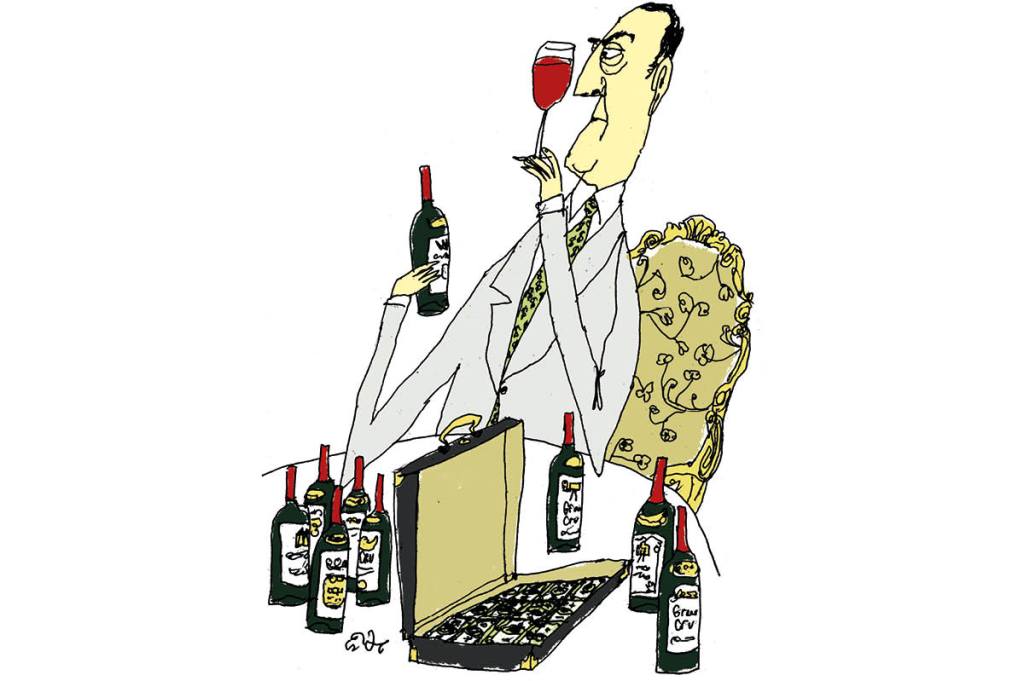






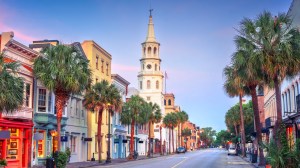
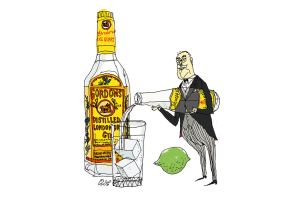
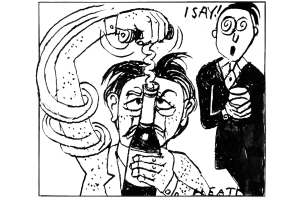
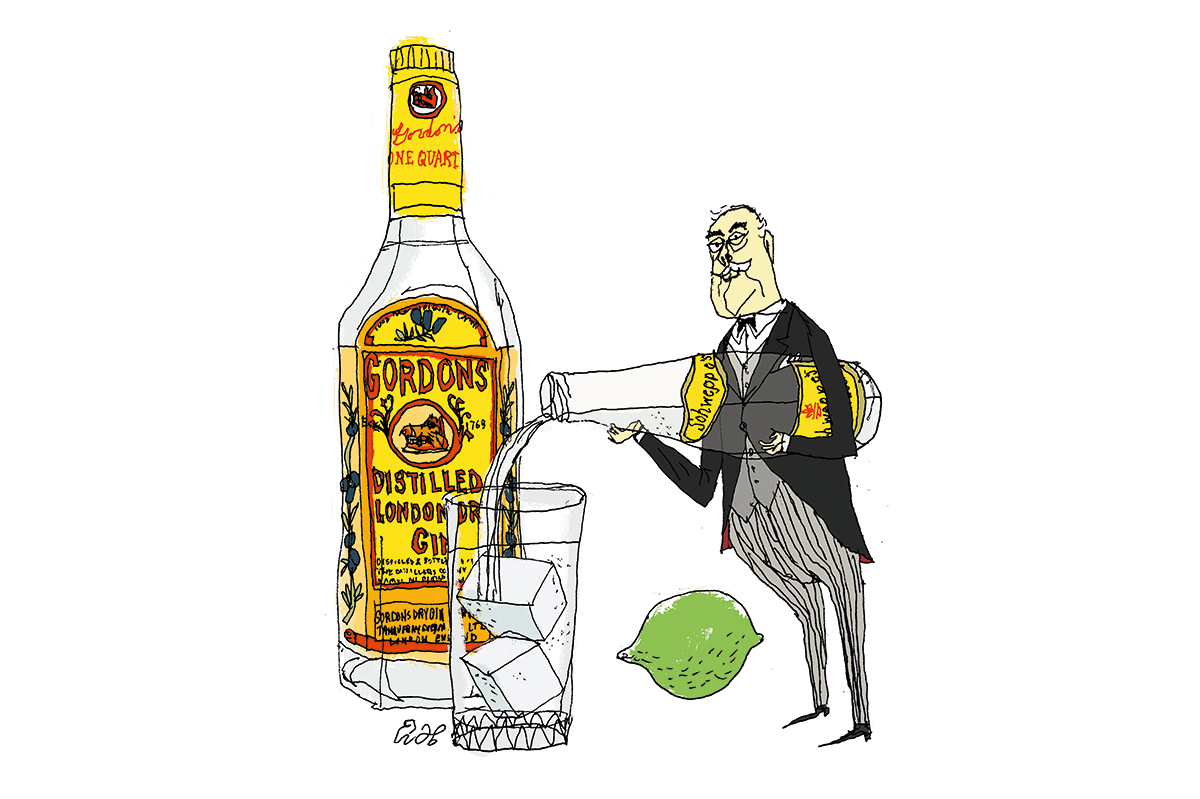
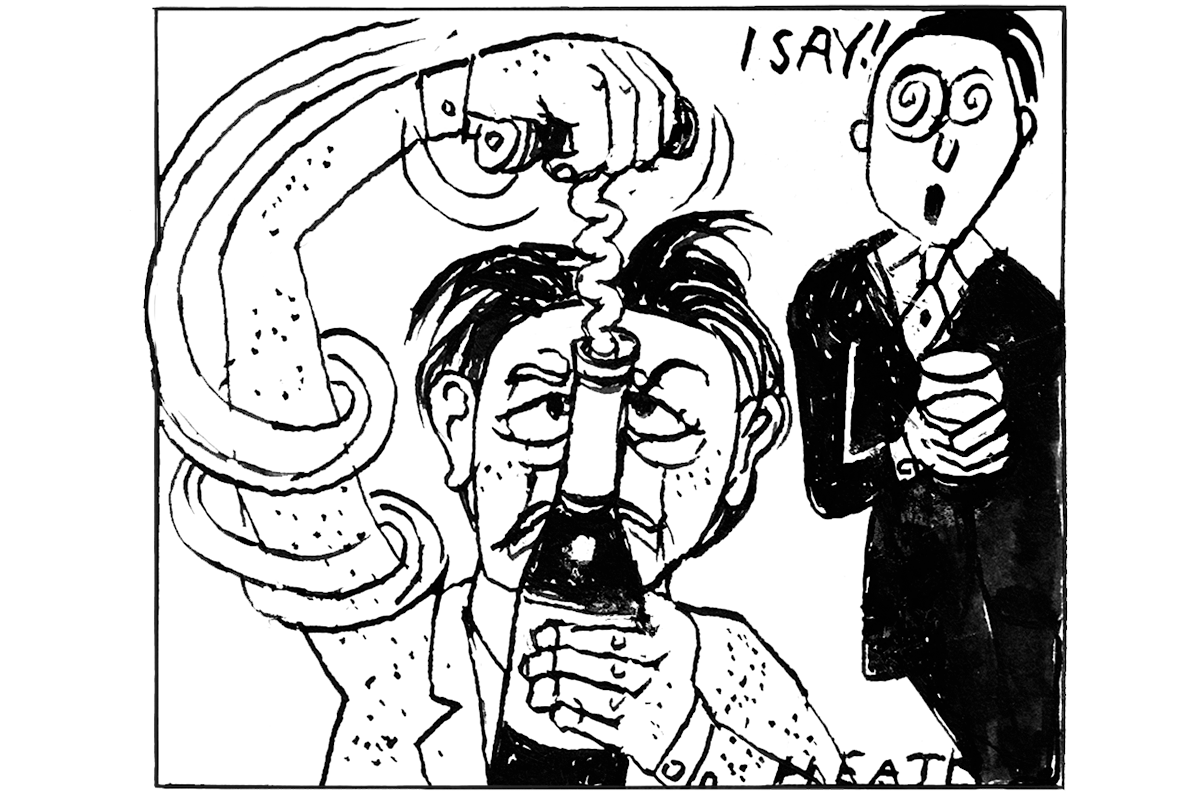

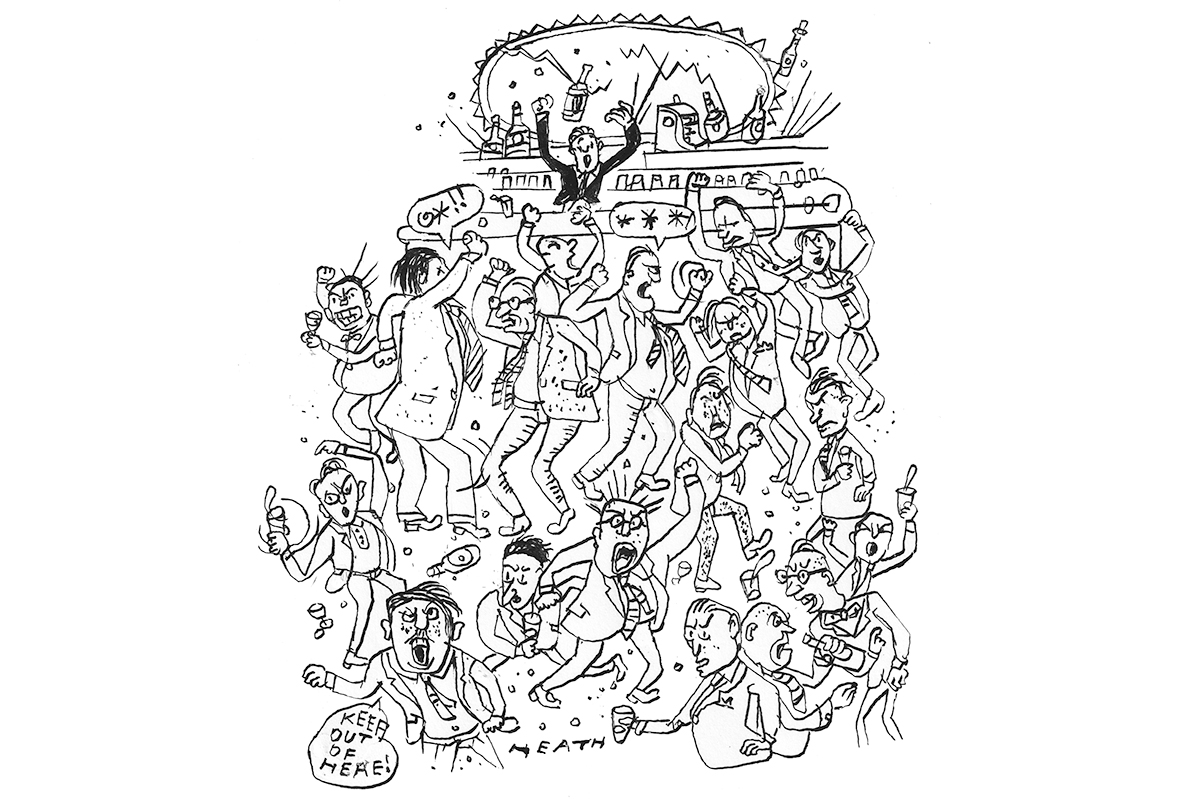
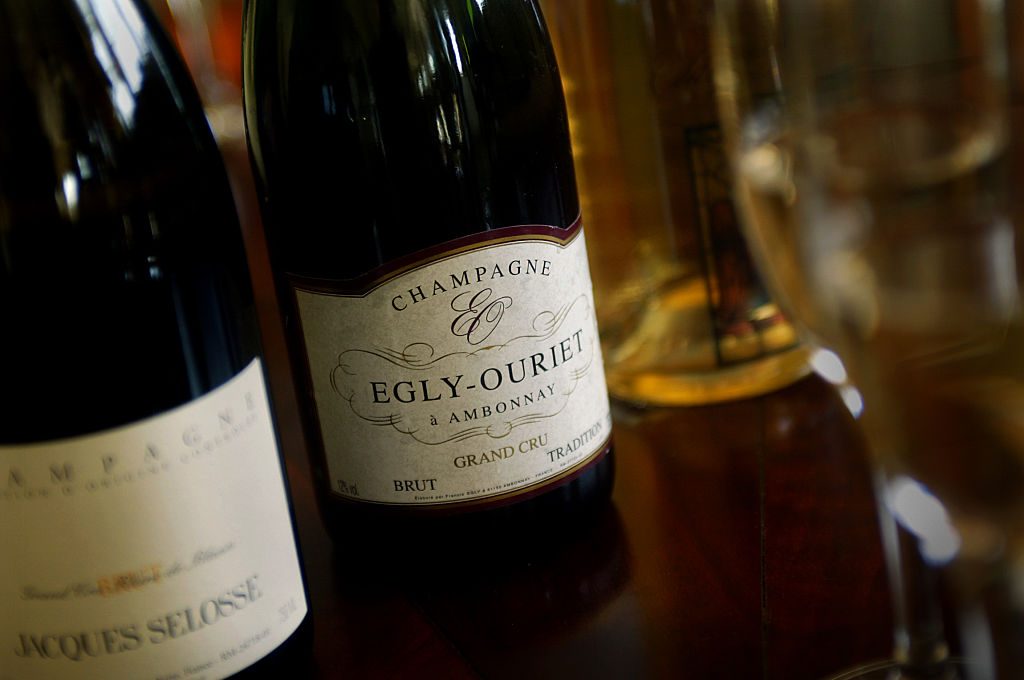
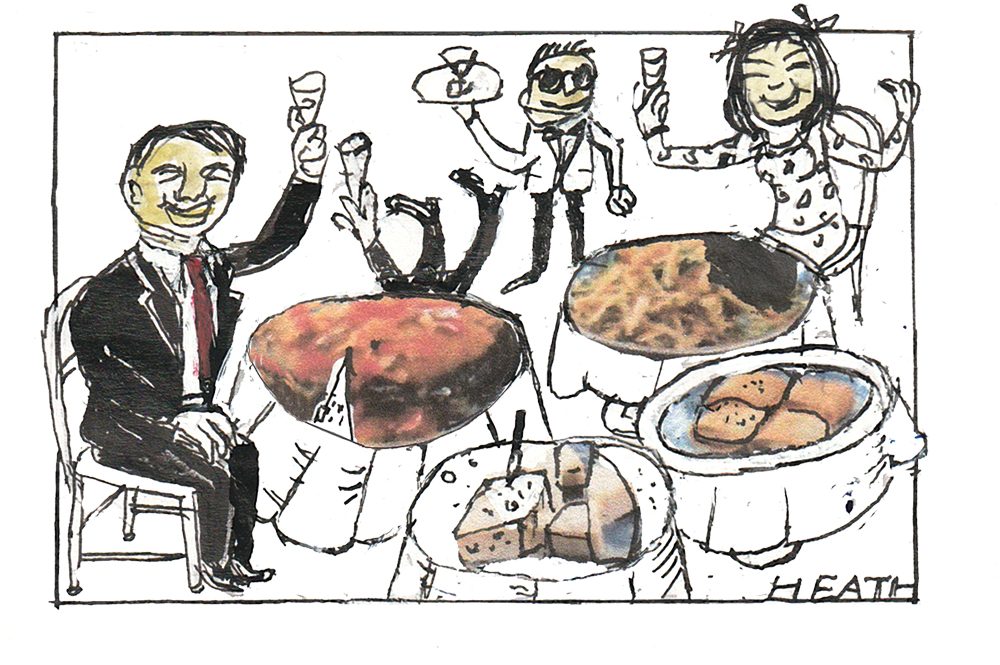







Leave a Reply